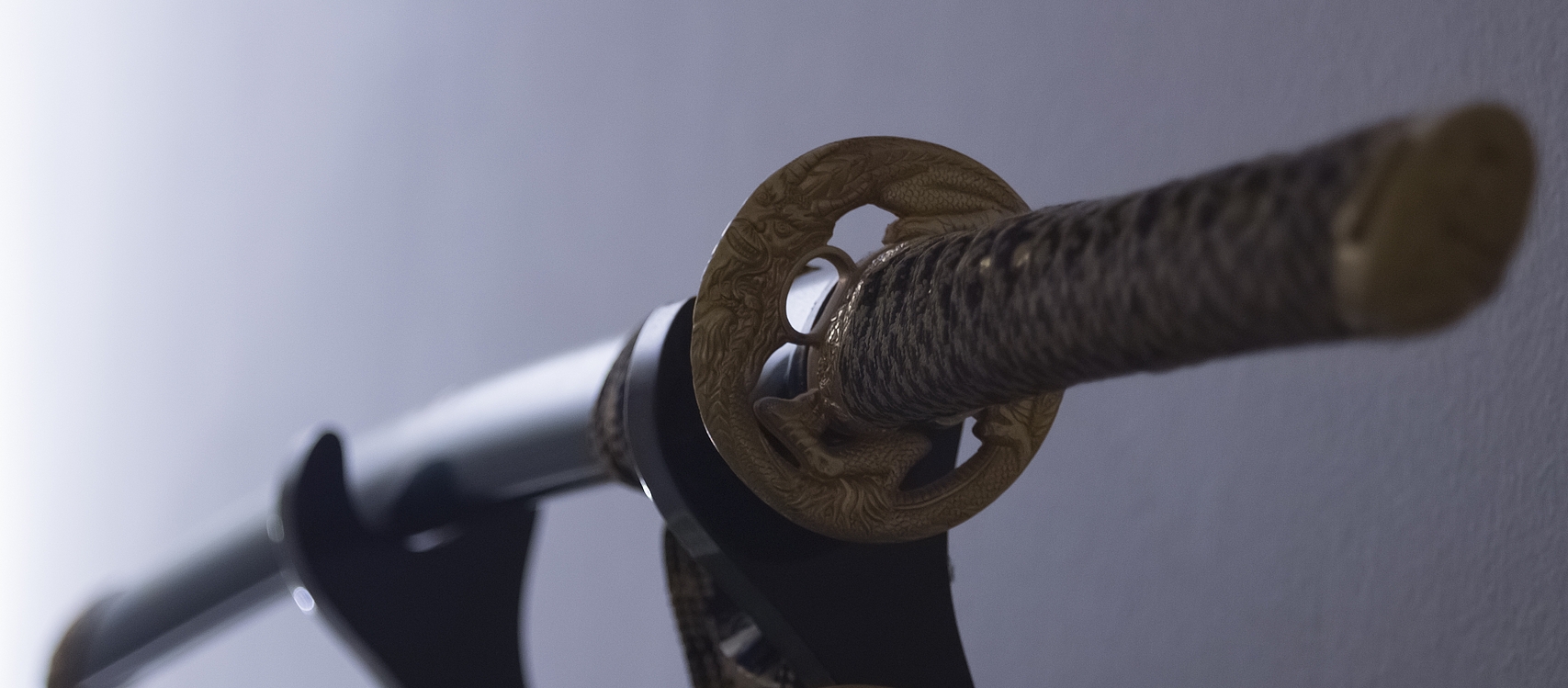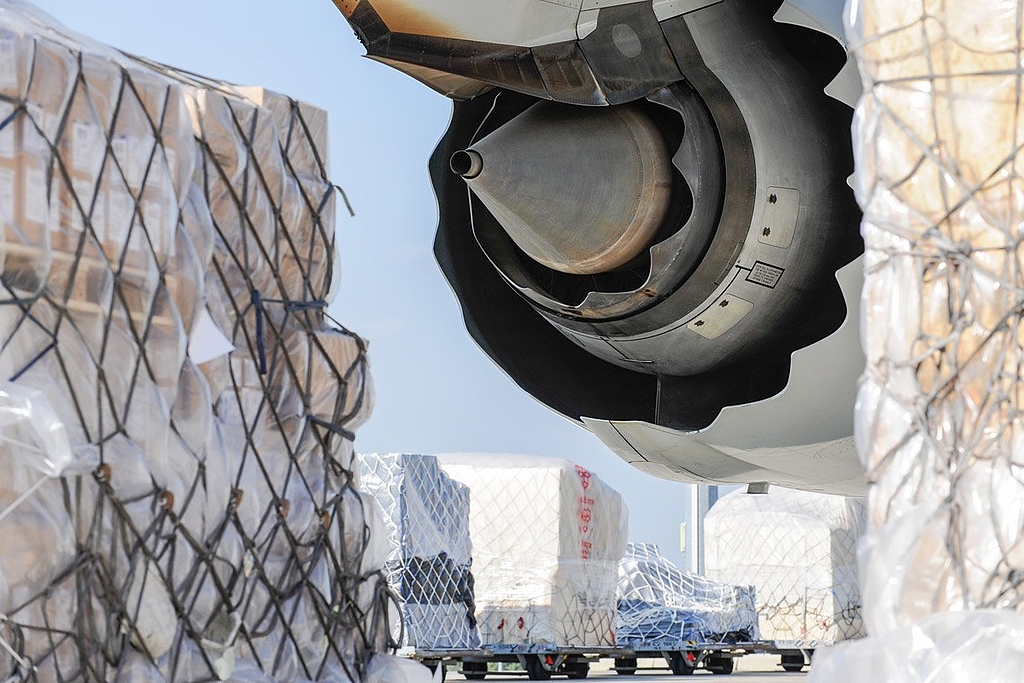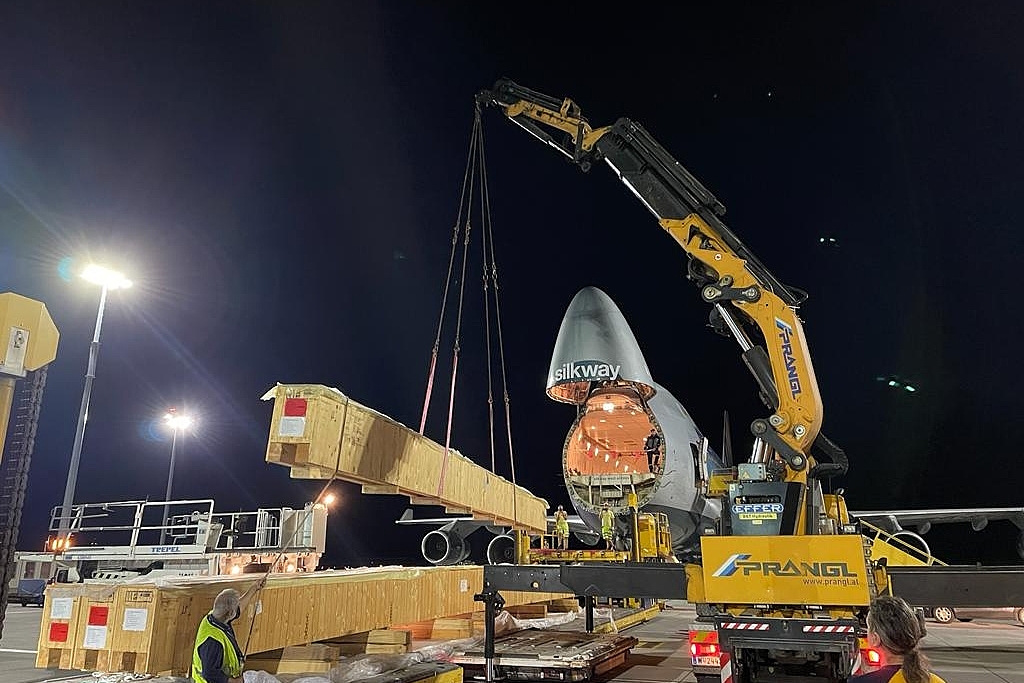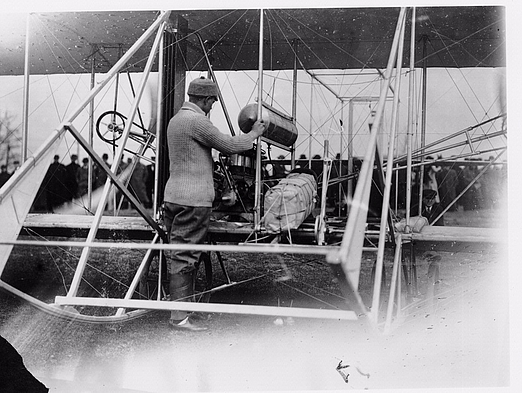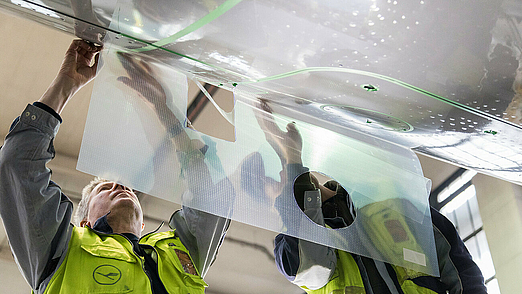How a unique samurai sword traveled safely from Japan to Europe
This “piece of art” can cut you
- Success Stories
Recently cargo-partner received a very special customer request and executed this unusual transport successfully. The task was an air shipment of a katana valued as much as a mid-range car. But what should have been a simple transport, turned out to be a challenge as the material of the blade is made up of 20,000 layers and so special, it oxidizes when touched. In addition most airlines would refrain from transporting it – after all it was still a weapon, even though it was meant to be a (very valuable) collector’s item. Find out more about our sharpest challenge to date.
